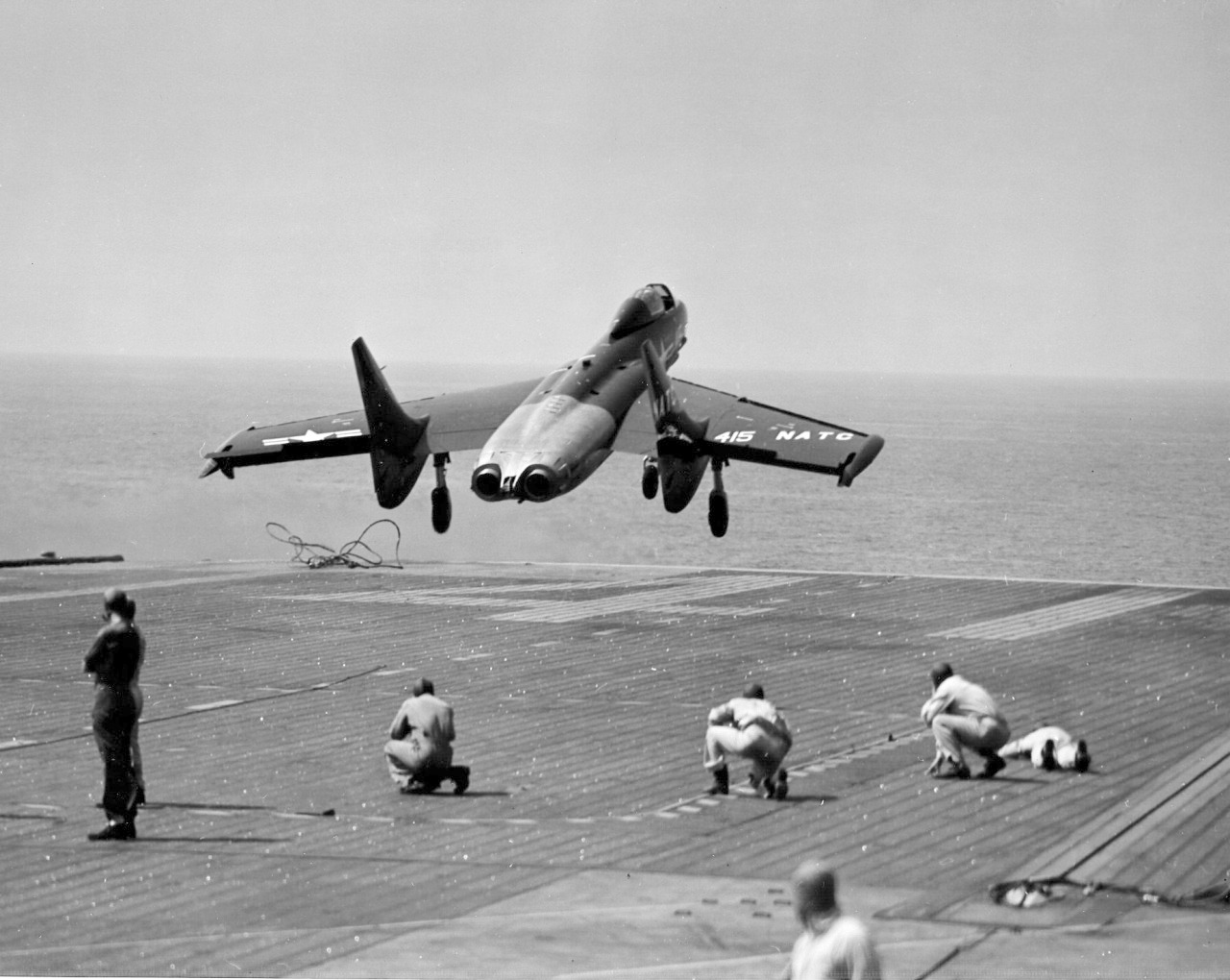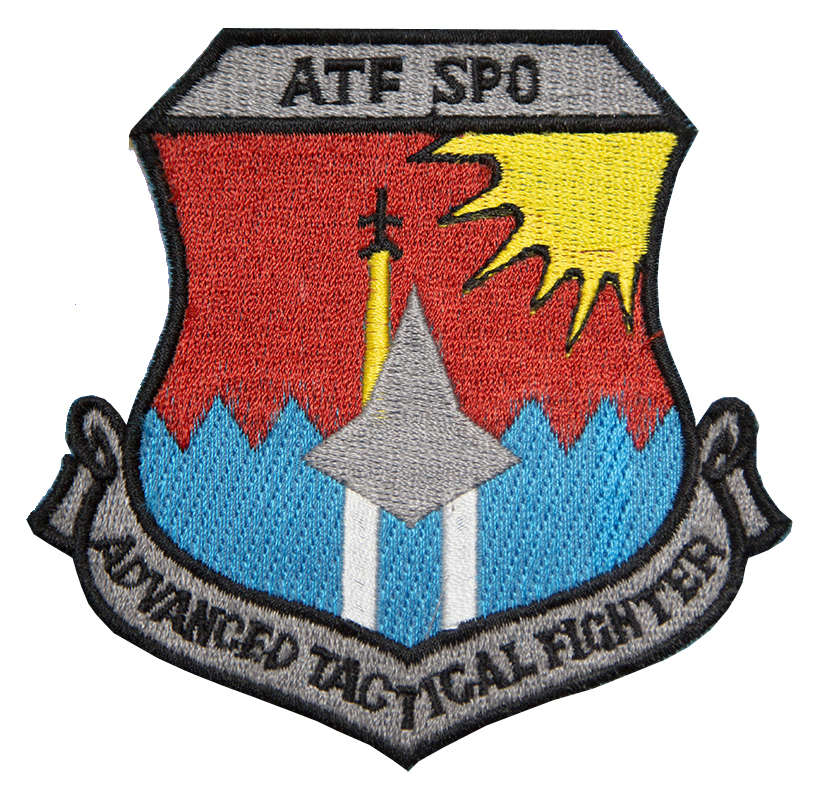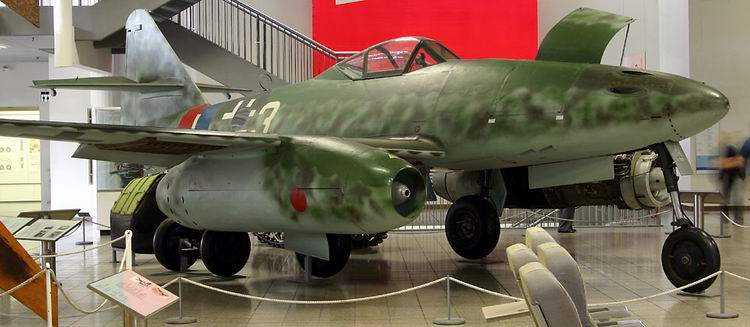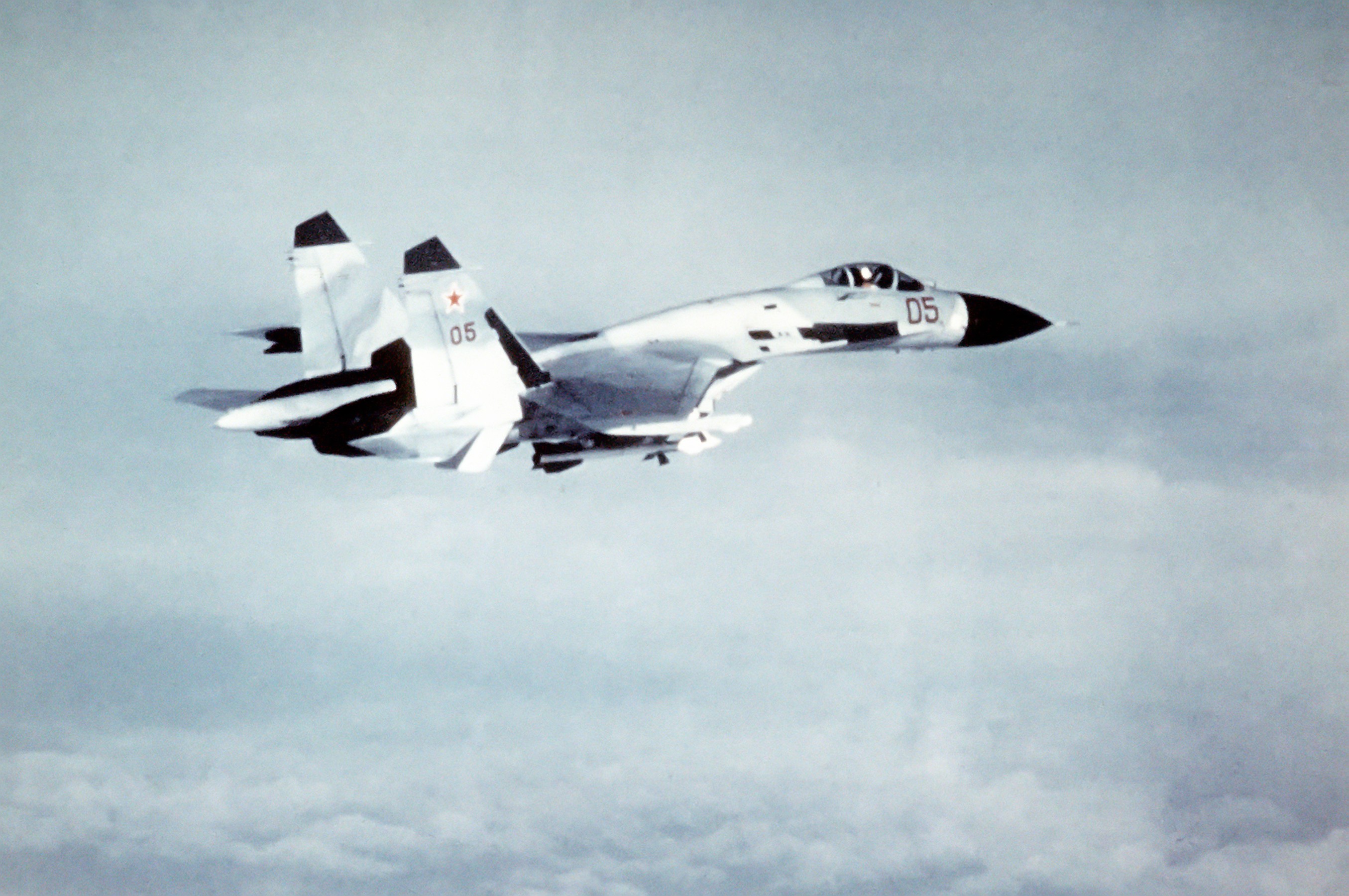|
Twinjet
A twinjet or twin-engine jet is a jet aircraft powered by two jet engine, engines. A twinjet is able to fly well enough to land with a single working engine, making it safer than a single-engine aircraft in the event of failure of an engine. Fuel efficiency of a twinjet is better than that of aircraft with more engines. These considerations have led to the widespread use of aircraft of all types with twin engines, including airliners, fixed-wing military aircraft, and others. Aircraft configurations There are three common configurations of twinjet aircraft. The first, common on large aircraft such as airliners, has a podded engine usually mounted beneath, or occasionally above or within, each wing. Most notable examples of such a configuration are the Boeing 737 and Airbus A320. The second has one engine mounted on each side of the rear fuselage, close to its empennage, used by many business jets, although some airliners like the Fokker 70, Douglas DC-9 and COMAC ARJ21 utilise ... [...More Info...] [...Related Items...] OR: [Wikipedia] [Google] [Baidu] |
Fokker 70
The Fokker 70 is a narrow-body, twin-engined, medium-range, turbofan regional airliner designed and produced by the now defunct Dutch aircraft manufacturer Fokker. It was developed during the early 1990s as a smaller version of the newly-developed Fokker 100. Both the Fokker 70 and Fokker 100 were preceded by the first jet airliner manufactured by the company, the Fokker F28 Fellowship. On 4 April 1993, the type performed its maiden flight, while it was introduced to service during the following year. The Fokker 70 was in production for only a relatively short period, between 1992 and 1997, during which 47 aircraft, as well as a single prototype, were completed. Its production had been terminated as a result of the bankruptcy of Fokker in 1996. There had been persistent efforts to restart production of the Fokker 70 by Rekkof. As of June 2022, 34 aircraft of the original production run are reportedly still in active service with various airlines and governments around the w ... [...More Info...] [...Related Items...] OR: [Wikipedia] [Google] [Baidu] |
Airbus A300
The Airbus A300 is Airbus' first production aircraft and the world's first Twinjet, twin-engine, double-aisle Wide-body aircraft, (wide-body) airliner. It was developed by ''Airbus Industrie GIE'', now merged into Airbus SE, and manufactured from 1971 to 2007. In September 1967, aircraft manufacturers in France, West Germany and the United Kingdom signed an initial memorandum of understanding to collaborate to develop an innovative large airliner. The French and West Germans reached a firm agreement on 29 May 1969, after the British withdrew from the project on 10 April 1969. A new collaborative aerospace manufacturer, aerospace company, ''Airbus Industrie GIE'', was formally created on 18 December 1970 to develop and produce it. The A300 prototype first flew on 28 October 1972. The first twin-engine widebody airliner, the A300 typically seats 247 passengers in two classes over a Range (aircraft), range of 5,375 to 7,500 km (2,900 to 4,050 nmi; ). Initial variants ... [...More Info...] [...Related Items...] OR: [Wikipedia] [Google] [Baidu] |
McDonnell Douglas DC-9
The McDonnell Douglas DC-9 is an American five-abreast, single-aisle aircraft designed by the Douglas Aircraft Company. It was initially produced as the Douglas DC-9 prior to August 1967, after which point the company had merged with McDonnell Aircraft to become McDonnell Douglas. Following the introduction of its first jetliner, the high-capacity DC-8, in 1959, Douglas was interested in producing an aircraft suited to smaller routes. As early as 1958, design studies were conducted; approval for the DC-9, a smaller all-new jetliner, came on April 8, 1963. The DC-9-10 first flew on February 25, 1965, and gained its type certificate on November 23, to enter service with Delta Air Lines on December 8. The DC-9 is powered by two rear-mounted Pratt & Whitney JT8D low-bypass turbofan engines under a T-tail for a cleaner wing aerodynamic. It has a two-person flight deck and built-in airstairs to better suit smaller airports. The aircraft was capable of taking off from 5,000 ft r ... [...More Info...] [...Related Items...] OR: [Wikipedia] [Google] [Baidu] |
Lockheed Martin F-22 Raptor
The Lockheed Martin/Boeing F-22 Raptor is an American Twinjet, twin-engine, Jet engine, jet-powered, Night fighter, all-weather, supersonic Stealth aircraft, stealth fighter aircraft. As a product of the United States Air Force's Advanced Tactical Fighter (ATF) program, the aircraft was designed as an air superiority fighter, but also incorporates attack aircraft, ground attack, electronic-warfare aircraft, electronic warfare, and signals intelligence capabilities. The prime contractor, Lockheed Martin Aeronautics, Lockheed Martin, built most of the F-22 airframe and weapons systems and conducted final assembly, while program partner Boeing Defense, Space & Security, Boeing provided the wings, aft fuselage, avionics integration, and training systems. First flown in 1997, the F-22 descended from the Lockheed YF-22 and was variously designated F-22 and F/A-22 before it formally entered service in December 2005 as the F-22A. Although the U.S. Air Force (USAF) had originally plan ... [...More Info...] [...Related Items...] OR: [Wikipedia] [Google] [Baidu] |
McDonnell Douglas F-15 Eagle
The McDonnell Douglas F-15 Eagle is an American twin-engine, all-weather fighter aircraft designed by McDonnell Douglas (now part of Boeing). Following reviews of proposals, the United States Air Force (USAF) selected McDonnell Douglas's design in 1969 to meet the service's need for a dedicated air superiority fighter. The Eagle took its maiden flight in July 1972, and entered service in 1976. It is among the most successful modern fighters, with over 100 victories and no losses in aerial combat, with the majority of the kills by the Israeli Air Force.Spick 2000, p. 127. The Eagle has been exported to many countries, including Israel, Japan, and Saudi Arabia. Although the F-15 was originally envisioned as a pure air superiority fighter, its design included a secondary ground-attack capability that was largely unused. It proved flexible enough that an improved all-weather strike derivative, the F-15E Strike Eagle, was later developed, entered service in 1989 and has been expor ... [...More Info...] [...Related Items...] OR: [Wikipedia] [Google] [Baidu] |
Douglas DC-9
The McDonnell Douglas DC-9 is an American five-abreast, single-aisle aircraft designed by the Douglas Aircraft Company. It was initially produced as the Douglas DC-9 prior to August 1967, after which point the company had merged with McDonnell Aircraft to become McDonnell Douglas. Following the introduction of its first jetliner, the high-capacity DC-8, in 1959, Douglas was interested in producing an aircraft suited to smaller routes. As early as 1958, design studies were conducted; approval for the DC-9, a smaller all-new jetliner, came on April 8, 1963. The DC-9-10 first flew on February 25, 1965, and gained its type certificate on November 23, to enter service with Delta Air Lines on December 8. The DC-9 is powered by two rear-mounted Pratt & Whitney JT8D low-bypass turbofan engines under a T-tail for a cleaner wing aerodynamic. It has a two-person flight deck and built-in airstairs to better suit smaller airports. The aircraft was capable of taking off from 5,000 ft r ... [...More Info...] [...Related Items...] OR: [Wikipedia] [Google] [Baidu] |
Bell P-59 Airacomet
The Bell P-59 Airacomet is a single-seat, twin turbojet, jet-engine fighter aircraft that was designed and built by Bell Aircraft during World War II. It was the first jet produced in the United States. As the British were further along in jet engine development, they donated an engine for the United States to copy in 1941 that became the basis for the General Electric J31 jet engine used by the P-59 a year later. Bell produced a combined 18 prototype and test aircraft; because the plane was underpowered, the United States Army Air Forces (USAAF) was not impressed by its performance and canceled half of the original order for 100 fighters, using the 50 completed production aircraft as trainers. The USAAF would instead go on to select the Lockheed P-80 Shooting Star as its first operational jet fighter. Although no P-59s entered combat, the aircraft paved the way for later generations of U.S. turbojet-powered aircraft. Design and development Major General Henry H. Arnold, Hen ... [...More Info...] [...Related Items...] OR: [Wikipedia] [Google] [Baidu] |
Gloster Meteor
The Gloster Meteor was the first British jet fighter and the Allies' only jet aircraft to engage in combat operations during the Second World War. The Meteor's development was heavily reliant on its ground-breaking turbojet engines, pioneered by Frank Whittle and his company, Power Jets Ltd. Development of the aircraft began in 1940, although work on the engines had been under way since 1936. The Meteor first flew in 1943 and commenced operations on 27 July 1944 with No. 616 Squadron RAF. The Meteor was not a sophisticated aircraft in its aerodynamics, but proved to be a successful combat fighter. Gloster's 1946 civil Meteor F.4 demonstrator ''G-AIDC'' was the first civilian-registered jet aircraft in the world. Several major variants of the Meteor incorporated technological advances during the 1940s and 1950s. Thousands of Meteors were built to fly with the RAF and other air forces and remained in use for several decades. Slower and less heavily armed than its German cou ... [...More Info...] [...Related Items...] OR: [Wikipedia] [Google] [Baidu] |
Messerschmitt Me 262
The Messerschmitt Me 262, nicknamed (German for "Swallow") in fighter versions, or ("Storm Bird") in fighter-bomber versions, is a fighter aircraft and fighter-bomber that was designed and produced by the German aircraft manufacturer Messerschmitt. It was the world's first operational jet-powered fighter aircraft and one of two jet fighter aircraft types to see air-to-air combat in World War Two, the other being the Heinkel He 162. The design of what would become the Me 262 started in April 1939, before World War II. It made its maiden flight on 18 April 1941 with a piston engine, and its first jet-powered flight on 18 July 1942. Progress was delayed by problems with engines, metallurgy Metallurgy is a domain of materials science and engineering that studies the physical and chemical behavior of metallic elements, their inter-metallic compounds, and their mixtures, which are known as alloys. Metallurgy encompasses both the ..., and interference from Luftwaffe chie ... [...More Info...] [...Related Items...] OR: [Wikipedia] [Google] [Baidu] |
Heinkel He 280
Originally called the He 180, the Heinkel He 280 was an early turbojet-powered fighter aircraft designed and produced by the German aircraft manufacturer Heinkel. It was the first jet fighter to fly in the world. The He 280 harnessed the progress made by Hans von Ohain's novel gas turbine propulsion and by Ernst Heinkel's work on the He 178, the first jet-powered aircraft in the world. Heinkel placed great emphasis on research into high-speed flight and on the value of the jet engine; after the He 178 had met with indifference from the '' Reichsluftfahrtministerium (RLM)'' (the German Reich Aviation Ministry), the company opted to start work on producing a jet fighter during late 1939. Incorporating a pair of turbojets, for greater thrust, these were installed in a mid-wing position. It also had a then-uncommon tricycle undercarriage while the design of the fuselage was largely conventional. During the summer of 1940, the first prototype airframe was completed; however, it w ... [...More Info...] [...Related Items...] OR: [Wikipedia] [Google] [Baidu] |
COMAC ARJ21
The Comac C909, originally known as the ARJ21 Xiangfeng (), is a 78–90 seat regional jet manufactured by the Chinese state-owned aerospace company Comac. Development of the ARJ21 began in March 2002, led by the state-owned ACAC consortium. The first prototype was rolled out on 21 December 2007, and made its maiden flight on 28 November 2008 from Shanghai. It received its CAAC Type Certification on 30 December 2014 and was introduced on 28 June 2016 by Chengdu Airlines. The ACAC consortium was reorganized in 2009 as part of Comac and the jet was rebranded as the C909 in November 2024. It features a 25° swept, supercritical wing designed by Antonov and twin rear-mounted General Electric CF34 engines. By 2025, 172 airframes had been delivered. Development In 1985, Shanghai Aircraft Manufacturing Company, now a part of Comac, launched a "troubled" partnership with McDonnell Douglas to co-produce the MD-80, a similar-looking small jet aircraft. After producing 20 MD- ... [...More Info...] [...Related Items...] OR: [Wikipedia] [Google] [Baidu] |
Sukhoi Su-27
The Sukhoi Su-27 (; NATO reporting name: Flanker) is a Soviet Union, Soviet-origin twinjet, twin-engine supersonic Supermaneuverability, supermaneuverable fighter aircraft designed by Sukhoi. It was intended as a direct competitor for the large US fourth-generation jet fighters such as the Grumman F-14 Tomcat and McDonnell Douglas F-15 Eagle, with range, heavy aircraft ordnance, sophisticated avionics and high maneuverability. The Su-27 was designed for air superiority missions, and subsequent variants are able to perform almost all aerial warfare operations. It was designed with the Mikoyan MiG-29 as its complement. The Su-27 entered service with the Soviet Air Forces in 1985. The primary role was long range air defence against American Strategic Air Command, SAC Rockwell B-1 Lancer, Rockwell B-1B Lancer and Boeing B-52 Stratofortress#B-52G, Boeing B-52G and H Stratofortress bombers, protecting the Soviet coast from aircraft carriers and flying long range fighter escort for ... [...More Info...] [...Related Items...] OR: [Wikipedia] [Google] [Baidu] |










